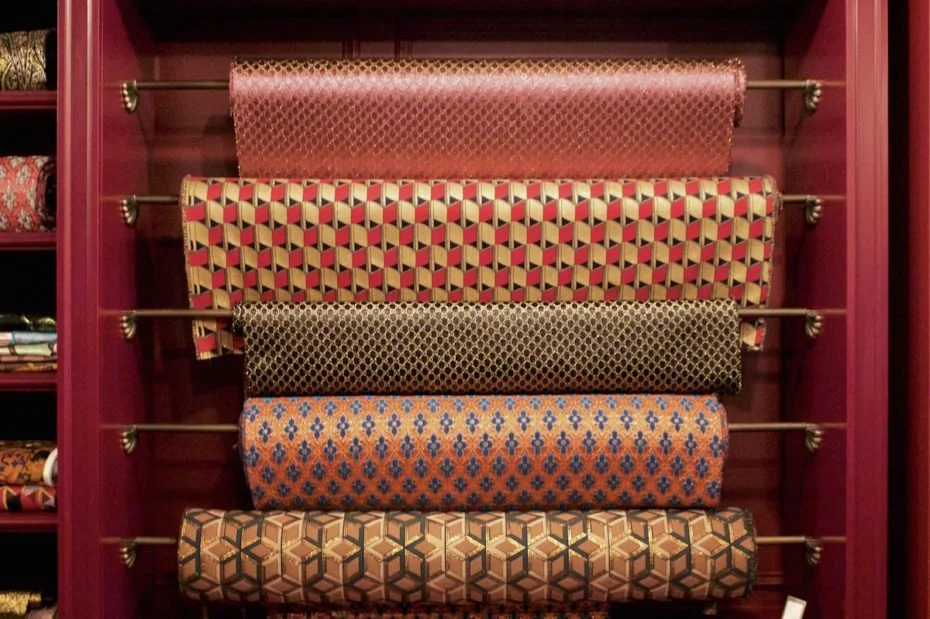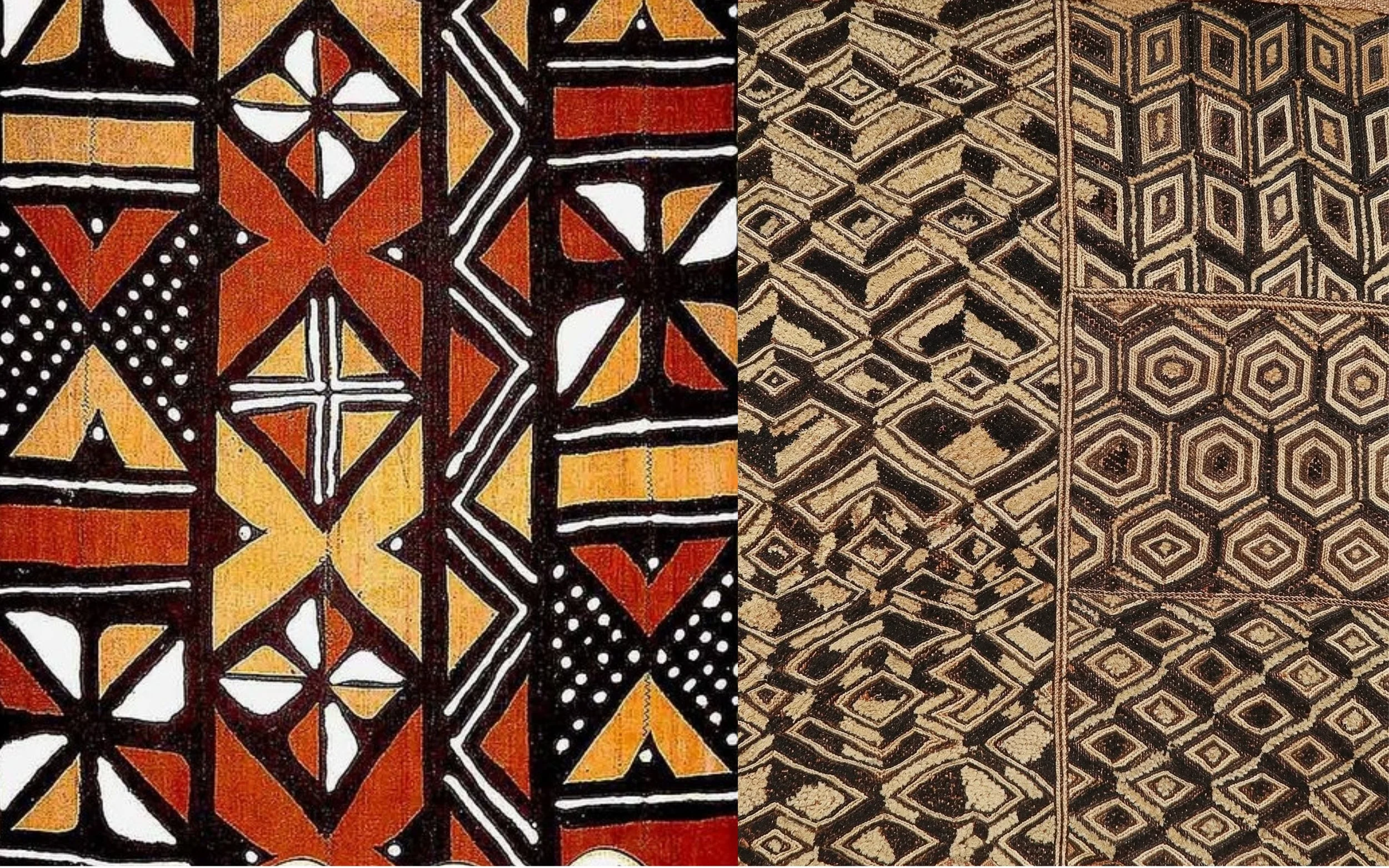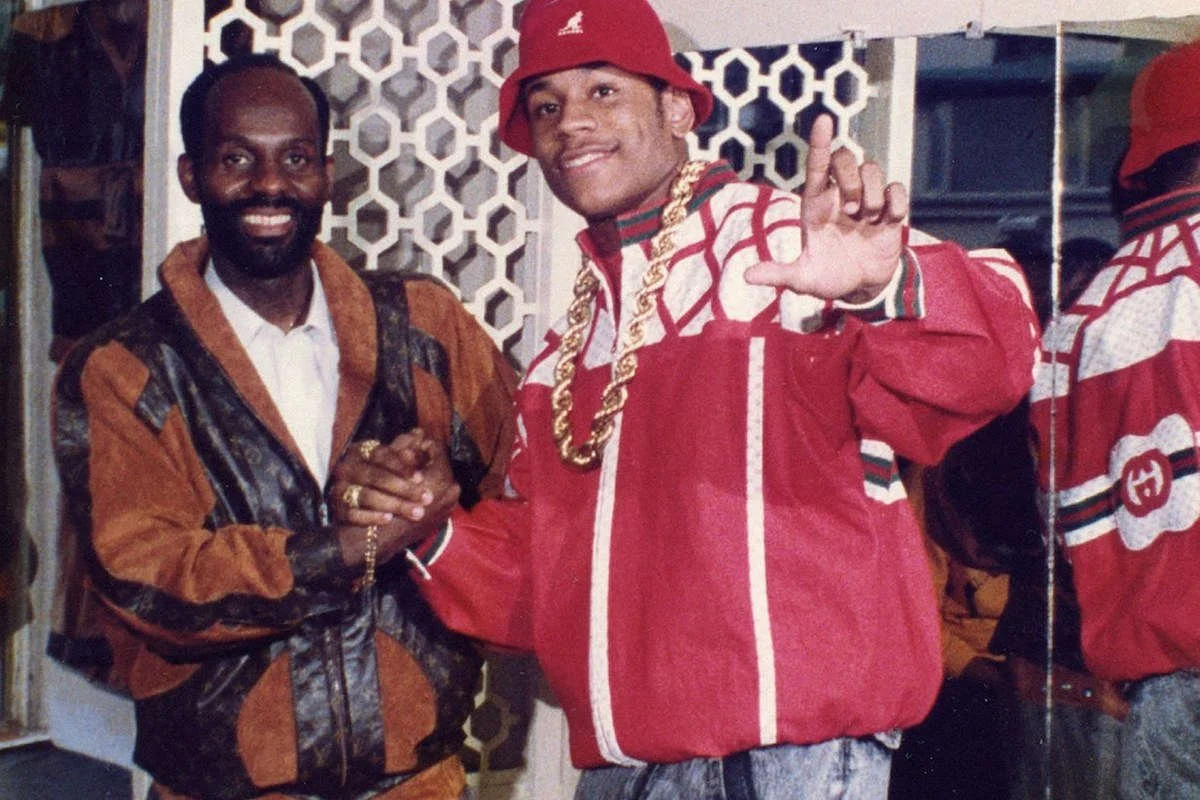Dapper Dan: The ‘africanisation’ of European haute couture
BY SOPHIE BRASSEY
The notorious rise, fall, and then rise again, of Daniel “Dapper Dan” Day is a story renowned in the fashion community. From selling stolen designer clothes in the boot of his car, to partnering with the likes of Gucci, the tale of Dapper Dan typically starts with ‘Once Upon a Time in Harlem’. However, if we inspect the foundations of his spectacular journey, one finds that the growth of Day’s brand is rooted in his African heritage, perhaps never more overt than in the designs of his recent collaboration with Puma.
Mr Day wearing his own custom clothing (left) and wearing Dapper Dan x Puma (right)
In 1973 on a trip to Liberia, Daniel Day met a Fulani tailor, in an encounter that he describes as the “start of [his] new life.” He recalls:
“While walking through Monrovia’s open air market, I came across a stall filled with spectacular local handicrafts. I looked special, as usual, and when the seller complimented me on my style, I made him an offer: I would exchange all the clothes I had with me for the trip for the contents from his shop. He accepted right away, and then I asked him to make me a suit. I drew a little sketch, and this is how this man become my first tailor”
Day carried this experience, along with the clothes, back with him to New York. During the erection of his Dapper Dan Boutique, he reminisced about the tailor, and set out to find emigrant African garment makers around the city, in appreciation of this skilful tailoring. Day wanted to alter African pattern-making to fit the figure of Harlem. Subsequently, his collections are self-described as the ‘africanisation’ of high-end European fashion houses.
Day noted the “trials and tribulations associated with being black” in the fashion industry. When entering high-end stores, he would recall everyone in the room tensing up, and in a recent interview commented on being denied entry or asked to leave certain shops. It was this exclusion from certain domains that prompted Day to work with popular luxury fashion logos. His use of monograms is most notably seen in the repetitive logo patterns on some of his clothing garments, a style which came to be termed ‘logo-mania’. Day became a master of screen printing on leather, replicating designer logos to create the infamous monogram prints associated with fashion houses such as Gucci, Louis Vuitton and Fendi today.
Monograms, for some, are the beating heart of high fashion. They stand for a kind of exclusivity; an elite club which is closed off to most and desired by all. The desire to be part of something exclusive is an inherent human attribute, and the fashion world is particularly guilty for fuelling this desire. Day’s boutique offered a ticket into the glamorous world that these labels advertised; he housed a bricolage of European high-fashion, African tailoring, and Harlem street style, fusing them together to create a new type of streetwear.
By repurposing high-fashion logos and their implications of elitism, Dapper Dan’s Boutique not only pioneered a fashion revolution, but also commented on the disparity between these two different American subcultures. He described his work in a Business of Fashion podcast as bringing two sides of the coin together, to create something accessible and fresh. Where once these labels overlooked black clientele, Dapper Dan’s Boutique took the “same things that [luxury fashion houses] rejected [him] for - and made them better”.
Day’s use of monograms echoes the intrinsic role that symbols play in African pattern making. They reflect different culture’s histories and beliefs, and when used in clothing, almost transform the wearer into a walking celebration of such values. The parallel zigzag pattern common in traditional African garments, for example, reminds its viewer and wearer to follow the path of their ancestors, even though it may not be forgiving. The Dapper Dan monogram designs, on the other hand, made the world of high fashion accessible to American urban and hip-hop cultures.
An African motif and a Congolese cloth
With the growing attention and success of his boutique also came awareness from brands whose logo’s Day had been bootlegging. In 1992 the boutique was shut down for trademark infringement - he was targeted by the high-fashion brands such as Louis Vuitton and Fendi.
However, it was these very same fashion houses that shut Day’s store down, who proceeded to steal his ideas. Logo-mania became a staple for large brands, with Dapper Dan-esque designs plastered along almost every ready-to-wear runway following the boutique’s closure. Not only did Day fail to receive any recognition, but ironically, the ethos of his brand was also torn down. The exclusivity of these high fashion brands burned the bridges Day had constructed from his Harlem boutique.
With a blatant appropriation of one of his designs leading to a collaboration with Gucci, followed by a 2019 Met Gala appearance, and now his collaborations with Puma and Gap, Dapper Dan’s huge fashion influence is increasingly getting the public recognition that it deserves; his ‘africanisation’ of these high-end labels “knocked them up” rather than knocking them off, in his own words. Day’s logo-mania, and handicraft of reworking clothes, is prevalent throughout the fashion industry today, but what isn’t as recognised is that the artistic inspirations stemmed from his heritage. As Day says, “this link with Africa is at the heart of who I am.”





